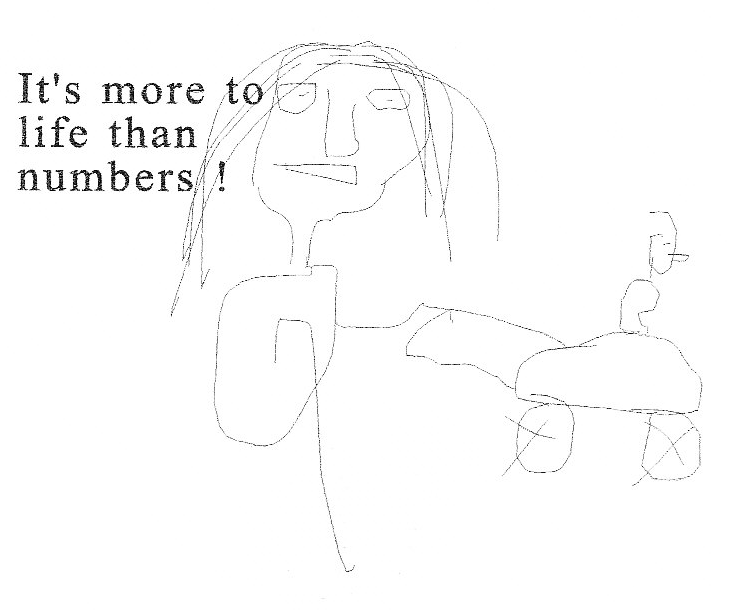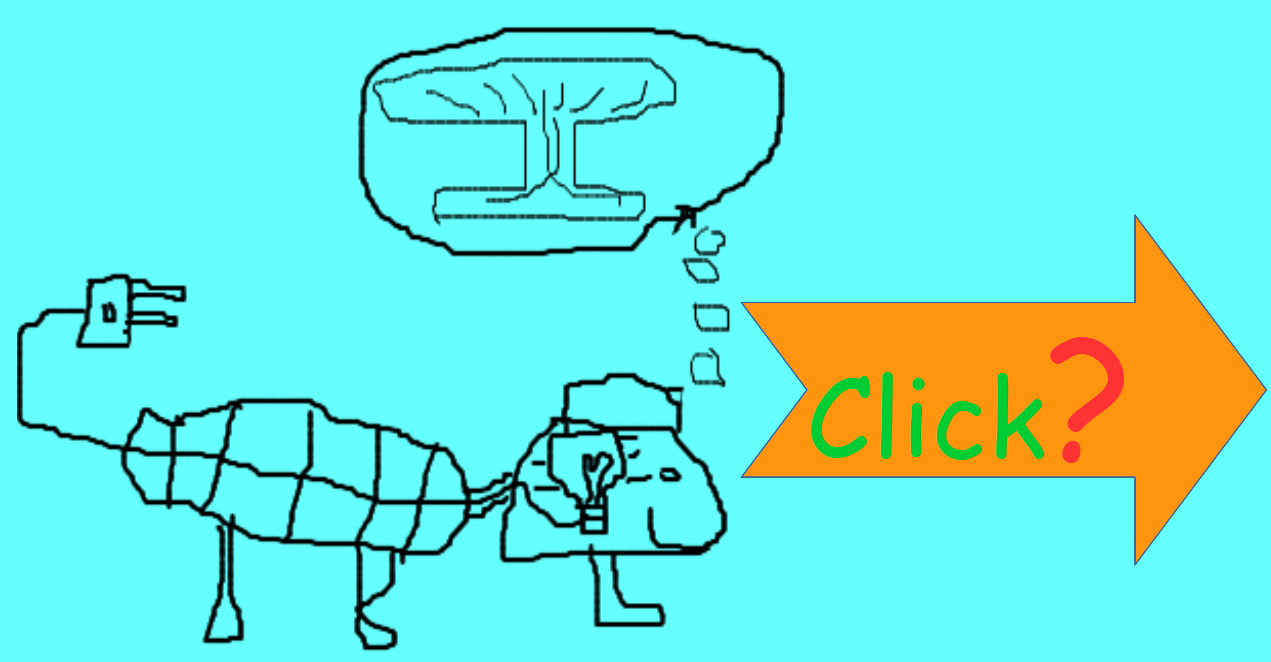page2029 Rings Matthias Lorentzen...mattegrisenforlag.com
Look at the picture beneath, then
scroll down to the question and click the correct Answer button.


Exercises: Ideals , Extensions & Vector Spaces
Exercise
Let us start with exercises that bridges the concepts of ideals , simple extension fields,
and introduces vector spaces. Exercise 1: OK , Exercise 2: OK , Exercise 3: OK
Exercise 4:The Extension `QQ(root(3)(2))`:
Let us consider the field extension `QQ(root(3)(2))` where `root(3)(2)` is the real cube of 2.
Part 1: The Basis:
Question 1: What is the set of all elements in `QQ(root(3)(2))`?
Solution question 1: We must find an irreducible polynomial over `QQ` , where
`bb {alpha = root(3)(2)}` is a root.
`alpha^3 = (root(3)(2))^3 = 2 rArr alpha^3 - 2 = 0 rArr bb {p(x) = x^3 - 2}`. p(x) is irreducible
over `QQ` , which can be confirmed by the Eisenstein Criterion. Therefore
`I = langle x^3 - 2 rangle` is a maximal ideal in `QQ[x]`. So , `K = QQ[x] "/" I`
is a field. The elements there are residues mod (`x^3 - 2`). It is a bit more complicated
than in `QQ(sqrt 2)`. A polynomial of degree 3 will have a zero residue and is equivalent to the
zero element in K , isomorphic to `QQ(root(3)(2))`. If the polynomial is of degree 5 , the residue will be of degree most 2. Polynomials of degree 6 are again in the residue class 0. So , the set
of the elements in `QQ(root(3)(2))` is of the form of elements from K: `bb {{ax^2 + bx + c : a , b , c in QQ}}`.
Now let us connect the elements of this quotient ring K to the elements of the field `QQ(root(3)(2))`.
The isomorphism between the two fields work by mapping the variable x to the element `root(3)(2)`.
So, a polynomial `ax^2 + bx + c` in the quotient ring K corresponds to the element
`a(root(3)(2))^2 + b(root(3)(2)) + c` in the field `QQ(root(3)(2))`.
Since `(root(3)(2))^2 = (2^{1/3})^2 = 2^{2/3} = root(3)(2^2) = root(3)(4)` , we can write this more clearly. The set of all elements in `bb{QQ(root(3)(2))}` is the set of all expressions of the form:
`color(blue){a + b root(3)(2) + c root(3)(2)}` where `a , b , c in QQ`.
Question
Consider the field extension `L = QQ(root(3)(2))` a vector space over `QQ`. The potensial basis
set is `B = { 1 , root (3)(2) , root(3)(4)}`. To prove B is a basis , we must show the set is
linearly independent over `QQ`. This requires showing that the equation
`a * 1 + b * root(3)(2) + c * root(3)(4) = 0` , where `a , b , c in QQ` , can only be solved if
a = b = c = 0.
Which of the following is the key algebraic property used to prove that the set B is linearly
independent over `QQ`:
A) The polynomial `x^3 - 2` is irreducible over the field of rational numbers `QQ`.
B) The field `QQ(root (3)(2))` is a subfield over the real numbers `RR`
?
